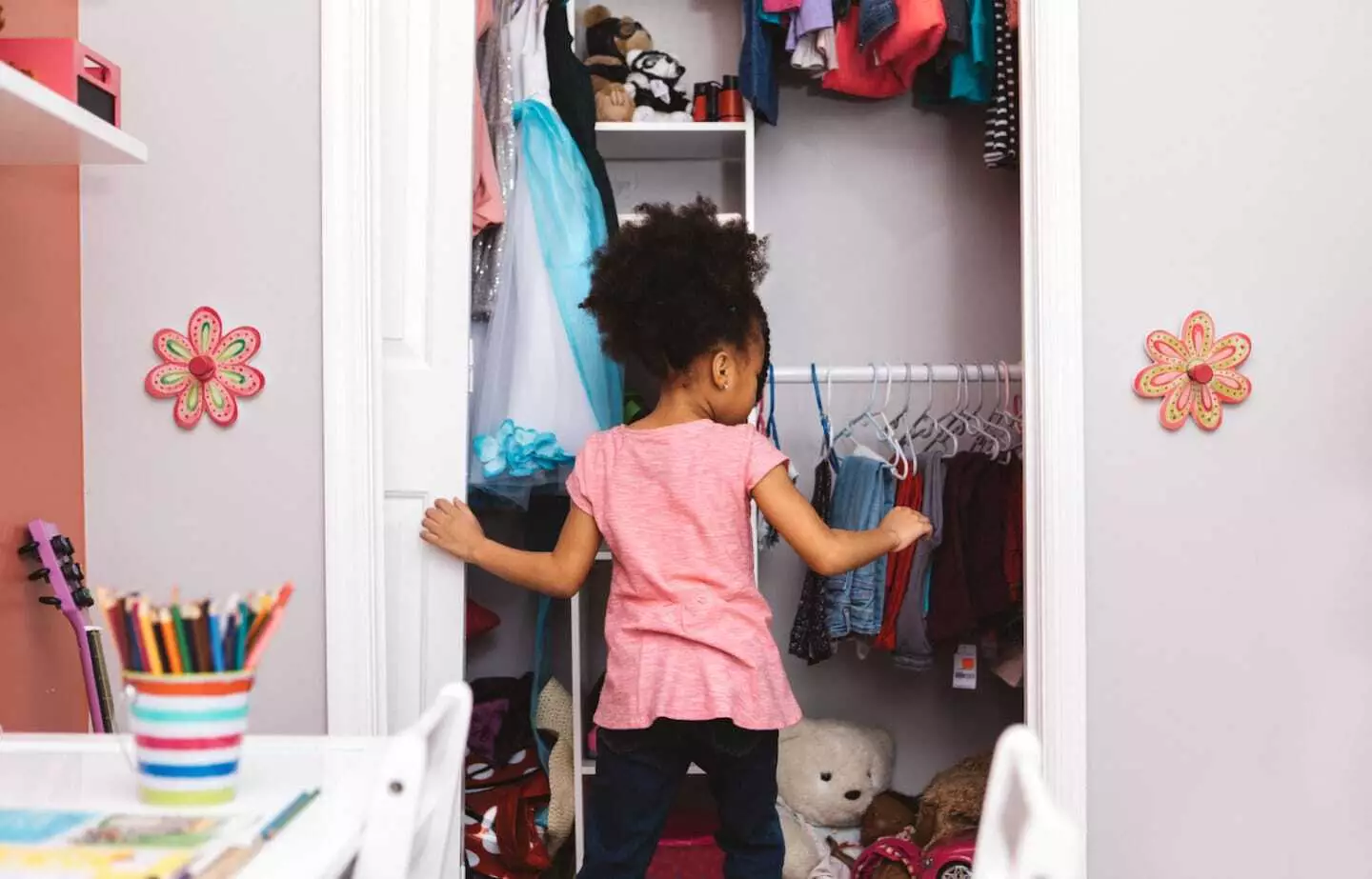Organizing a child’s closet is a task that often feels daunting for many parents. However, with strategic planning and an approach that evolves with your child, it can become a manageable and rewarding endeavor. A well-organized closet not only fosters a clutter-free environment but also teaches children valuable lessons about responsibility and organization. This article delves into effective strategies for keeping your child’s closet organized through various developmental stages—ensuring that it remains functional and adaptable as your child grows.
The first step towards organizing a child’s closet involves acknowledging the significance of maintaining an orderly space. Young children are still learning about the concept of responsibility and may not fully comprehend how to care for their belongings. Older children, while more aware, often struggle to keep their spaces tidy. Therefore, establishing an organized closet is essential to setting standards and fostering a sense of accountability.
Children experience rapid growth, which presents unique challenges for closet organization. Their height, interests, and belongings change frequently, making it crucial for parents to implement a flexible organization system. A clutter-free closet can prevent frustration not only for the child but for the entire family, creating a more pleasant and effective living environment.
When envisioning an organized closet, it is beneficial to plan ahead for your child’s developmental stages. For infants and toddlers, focus on creating a space that is easy to navigate, with essential items readily accessible yet discreetly stored. During these early years, dedicate areas in the closet to diapers, clothing, and toys while maintaining capacity for growth.
As children transition from toddlers to preschoolers, the nature of their belongings changes. Their closet should then accommodate shoes, games, and educational materials. Using baskets or bins can help categorize these items effectively. For instance, using color-coded baskets can not only enhance visual appeal but also assist young children in remembering where items belong. Associating colors with specific items can make organizing a fun activity, even for the littlest family members.
A fundamental aspect of closet organization lies in establishing a functional system. Installing adjustable hanging rods can provide versatility for clothes of varying lengths and types, ensuring that as children grow, their clothing options remain appropriately stored.
Moreover, reinforcing the idea that every item has a designated place helps cultivate lifelong organizational skills. Providing ample storage solutions—like cabinets, shelves, and under-the-bed containers—can help to keep items hidden from sight while remaining easily accessible. This is particularly important for busy families, where children often have numerous extracurricular activities, leading to a greater variety of items needing storage.
Involving your child in the organization process can significantly enhance their willingness to maintain the tidy space. Encourage them to participate in deciding how their closet is structured and what items they want to keep or donate. This not only empowers them but also makes them more likely to adhere to the organization plan you put in place.
Make periodic closet cleanouts a family activity. This can serve as a valuable opportunity to teach children about evaluating their belongings and understanding the idea of keeping only those items that are necessary or bring joy. As school years begin or seasons change, this also presents an ideal time for reassessing what your child needs and what can be repurposed or given away.
Designing a closet with efficiency in mind can alleviate cluttered situations as your child ages. For instance, as they enter elementary school, the closet should have designated spaces for school supplies, sports gear, and clothing suitable for various activities. Hooks on the inside of the closet door can serve as a fantastic solution for keeping backpacks and musical instruments organized and off the floor.
By the time children enter their teenage years, their needs shift once again, requiring more room for personal items and storage for formal attire. Collaboratively designing the space with your teenager can give them a sense of ownership while ensuring that the closet functions effectively.
Organization is not a one-time event but rather an ongoing process. Regularly revisiting the organization system is crucial to its continued effectiveness. Activities such as seasonal swaps or pre-back-to-school cleanouts can help reinforce the idea that organization is an ongoing commitment. Advising children to evaluate their belongings periodically can foster responsibility while making the closet less overwhelming.
A well-organized closet is a worthy investment that can simplify life for both parents and children. By approaching the task with flexibility, creativity, and cooperation, families can cultivate spaces that not only accommodate growth but also teach children essential skills in responsibility and organization. The benefits are truly limitless when it comes to creating an inviting and functional closet space that evolves alongside your child.

